What are High Risk Foods?
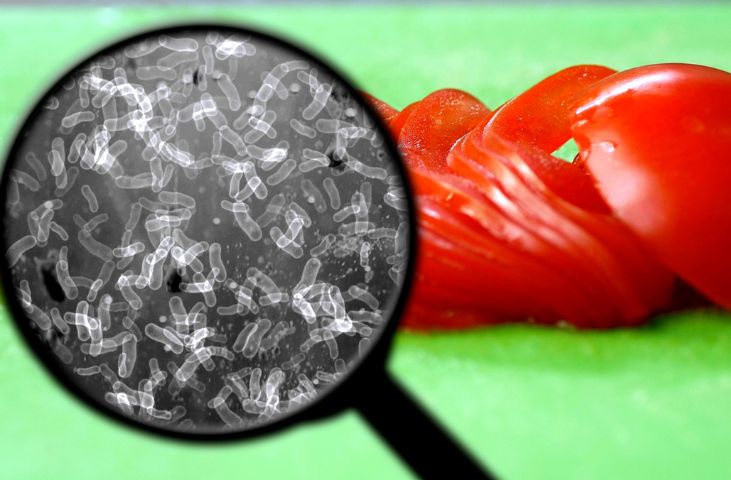
Estimated reading time: 8 minutes
The Food Standards Agency (FSA) reported that in 2009 there were approximately 1 million reported cases of foodborne illness in the UK a year but in 2022 the number of cases had gone up to 2.4 million a year. Despite the alarming jump, most food poisoning incidents are not serious and you often get better after a couple of days.
Food poisoning is caused by eating contaminated food, high risk foods are those foods that are prone to contamination. With cases rising, it is important to understand what types of food are classed as high risk foods, what are the causes of contamination and how we can take action to avoid it. In this blog we also look at the different types of micro-organisms that can cause food poisoning.
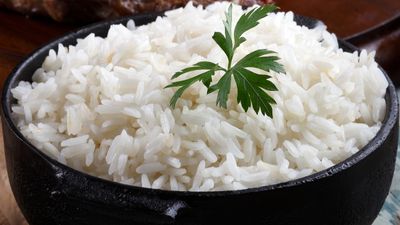
What does the term ‘high risk foods’ mean?
Some people interpret the term ‘high risk foods’ as groups of people that are at ‘high risk’ if they eat certain foods, such as those with underdeveloped immune systems, children, pregnant women, the elderly and those with pre-existing conditions. Sometimes people refer to high risks foods as those that are likely to give an allergic reaction.
In this blog, we describe high risk foods as those foods that provide an environment for the easy growth and multiplication of pathogenic micro-organisms and therefore can be contaminated easily, leading to food poisoning.
Conversely, low risk foods are foods that can be safety stored at room temperature and are rarely contaminated. They are often associated with different types of dry foods, as well as food stored in tins or glass or those foods that contain a high concentration of salt, vinegar or lemon juice. These include canned fish, salted dried meats, pasteurised milk, washed fresh vegetables, pickled foods, hard and processed cheeses, bread and high sugar foods.
Here are some examples of high risk foods:
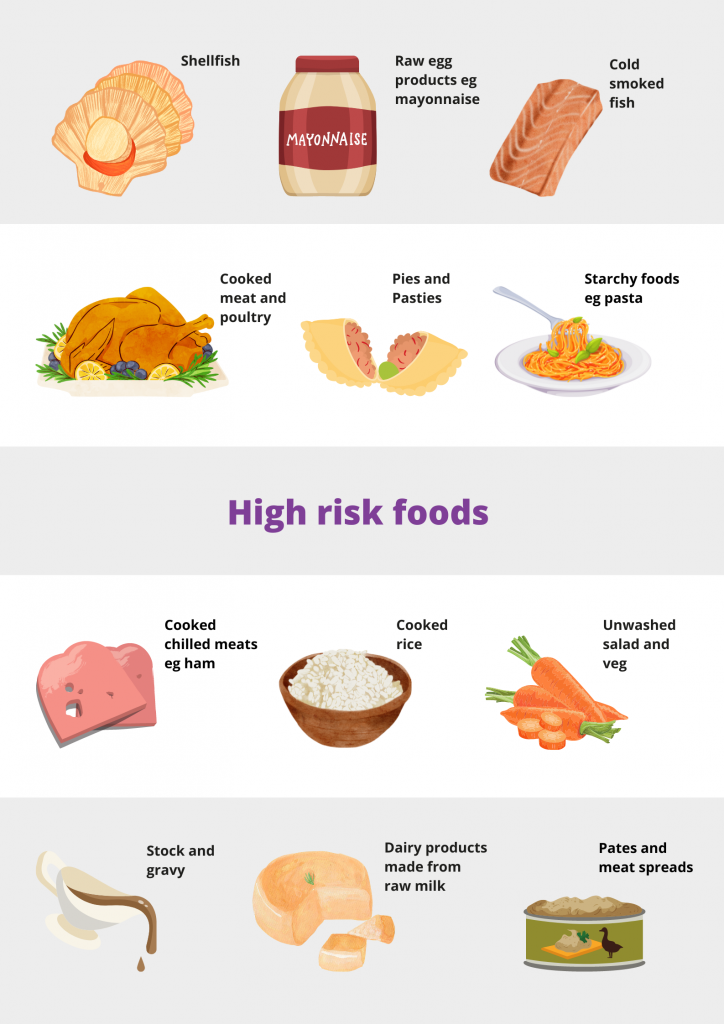
As we now know high risk foods are those that provide a breeding ground for micro-organisms to replicate causing food poisoning, in the next section of the blog we look at the different types of micro-organisms that cause foodborne illnesses.
Common micro-organisms found in food
Here is a list of the main micro-organisms that cause hospitalisations from eating contaminated foods:
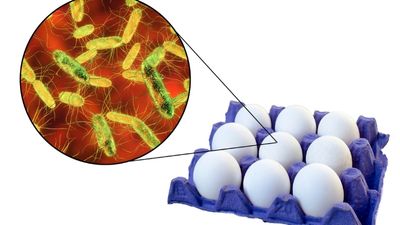
- Campylobacter – Acquired by eating raw or undercooked poultry, meat, seafood, by contact with animals and by drinking untreated water.
- Salmonella – Found in eggs and meat when they are raw or undercooked.
- Norovirus – Spread by consuming tiny particles of faeces or vomit from an infected person. This could happen while caring for them, but can also occur by sharing food or eating utensils with them.
- Listeria – Wide spread in the environment and can contaminate a range of foods. It is of most risk when consuming ready-made foods that do not need further heating and cases have been traced back to soft unpasteurised cheeses, cantaloupe melons and pre-prepared salads.
- E. coli – A bacterium that lives in the digestive tract of mammals. Contamination takes place in under-cooked meats and unpasteurised milk.
- Bacillus cereus – Found when rice is cooked and left standing at room temperature, leaving this bacteria to multiply and produce toxins.
- Clostridium perfringens – Found in foods that are cooked in large batches and held at an unsafe temperature, such as meat and gravy. This occurs in places that cook food in mass such as hospitals, cafeterias or nursing homes.
- Hepatitis E virus – Many cases occur in undercooked pork and it is spread through contact with an infected person or animal’s faeces or vomit.
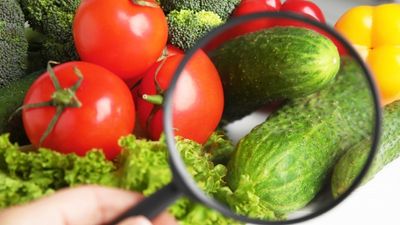
Can I detect whether my food is contaminated?
Bacteria that cause contamination can be found everywhere. Often contaminated food looks and tastes normal. You cannot always be safe with a ‘smell’ or visual test, as many harmful bacteria are impossible to detect.
How does contamination happen and how can we prevent it?
Microbiological hazards are where bacteria are introduced into foods. An example of a common microbiological hazard is washing chicken. It is also important to understand what the other food hazards are present in a kitchen.
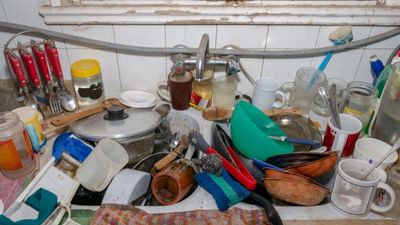
Here are some of the reasons as to why high risk foods can become contaminated and how to prevent it:
| Cause | Prevention |
| Food in damaged packaging | Avoid purchasing food in damaged cans or packaging that has broken seals. |
| Food that is not cooked or reheated thoroughly | Check the cooking temperature with a thermometer. 75 degrees or above is the temperature food should be cooked at. |
| Food not stored correctly | Separate raw food from cooked food. Store raw food at the bottom of the fridge to avoid juices dripping on to and contaminating other food. Don’t defrost meats over night at room temperature. Ensure fridge/freezer temperature is correct. The temperature of your fridge needs to be below 5 °C and your freezer below -15 °C. Keep hot foods and cold foods separate. Allow cooked foods to cool to room temperature (about 21 °C) before storing them in the refrigerator. This prevents the refrigerator temperature from rising and reduces the risk of bacterial growth in all food stored in the fridge. When marinating foods, be sure to do so in the fridge instead of in your kitchen where bacteria can multiply. |
| Food that has been left out too long | Put chilled/frozen foods back in the fridge/freezer. If you are allowing foods to cool to room temperature before storing them in the fridge/freezer, put the hot food into smaller containers to speed up the cooling process. This process should not take more than 2 hours. |
| Food prepared on unclean surfaces/with unclean equipment | Use different chopping boards/utensils for different food groups to prevent cross contamination and wash the chopping boards. Clean a kitchen thoroughly. A cleaning schedule should be put in place and a ‘clean as you go’ policy |
| Somebody who is ill or has not washed their hands and is handling food | Washing hands before and during food preparation is crucial for preventing bacteria spreading around the kitchen, to other foods and preventing cross-contamination. |
| Food that has been eaten after its ‘use by’ date | The ‘use by’ date is aimed at consumers and shows by what date a product should be eaten by. After this date, the product is likely to go down in quality and will be less safe to consume. |
| Food that has not been washed properly | Wash fresh produce such as fresh fruit and vegetables but do not wash meat, poultry or eggs. You must wash leafy vegetables and salad even if they look clean as they host parasites and bacteria such as E. coli. |
Researchers have estimated that 180 people in the UK die from foodborne diseases each year, so the discussion about high risk foods is an important topic and especially if you prepare, assemble, package or serve food.
In this blog we have consolidated all the knowledge you need to know about what high risk foods are, what the different pathogenic micro-organisms are, how contamination can occur and how best to avoid it.
Additional resources
- FSA Safer Food Better Business for Caters document offers advice around the 4 C’s of Food Hygiene: cross-contamination, cleaning, chilling and cooking
- The difference between food poisoning and somebody with a stomach bug
- Symptoms if you are suffering from food poisoning
- How to report a food safety or hygiene issue
- What does HACCP stand for
- A free web tool called MyHACCP on the FSA website that guides food manufacturing businesses through the process of developing a food safety management system based on HACCP principles
- Use by dates, best before dates and sell by dates
- Five every day tips to remember about safe food storage
- Avoiding cross-contamination
- Effective handwashing
Want more information about our food hygiene training?
We offer several online food safety & hygiene training courses that offer an understanding of food hygiene and how to handle food.
Take one of our sector specific Level 2 courses online, these courses offer relevant examples that reflect your line of work.
Once complete, it’s easy to download a verifiable food hygiene certificate immediately. All of our certificates are CPD-accredited and RoSPA-approved.
Our friendly customer support team is always happy to talk through your food hygiene training options. Why not give us a call on 01327 552136, email us at hello@smarthorizons.co.uk, or use the live chat feature on this website to speak to us during office hours.
